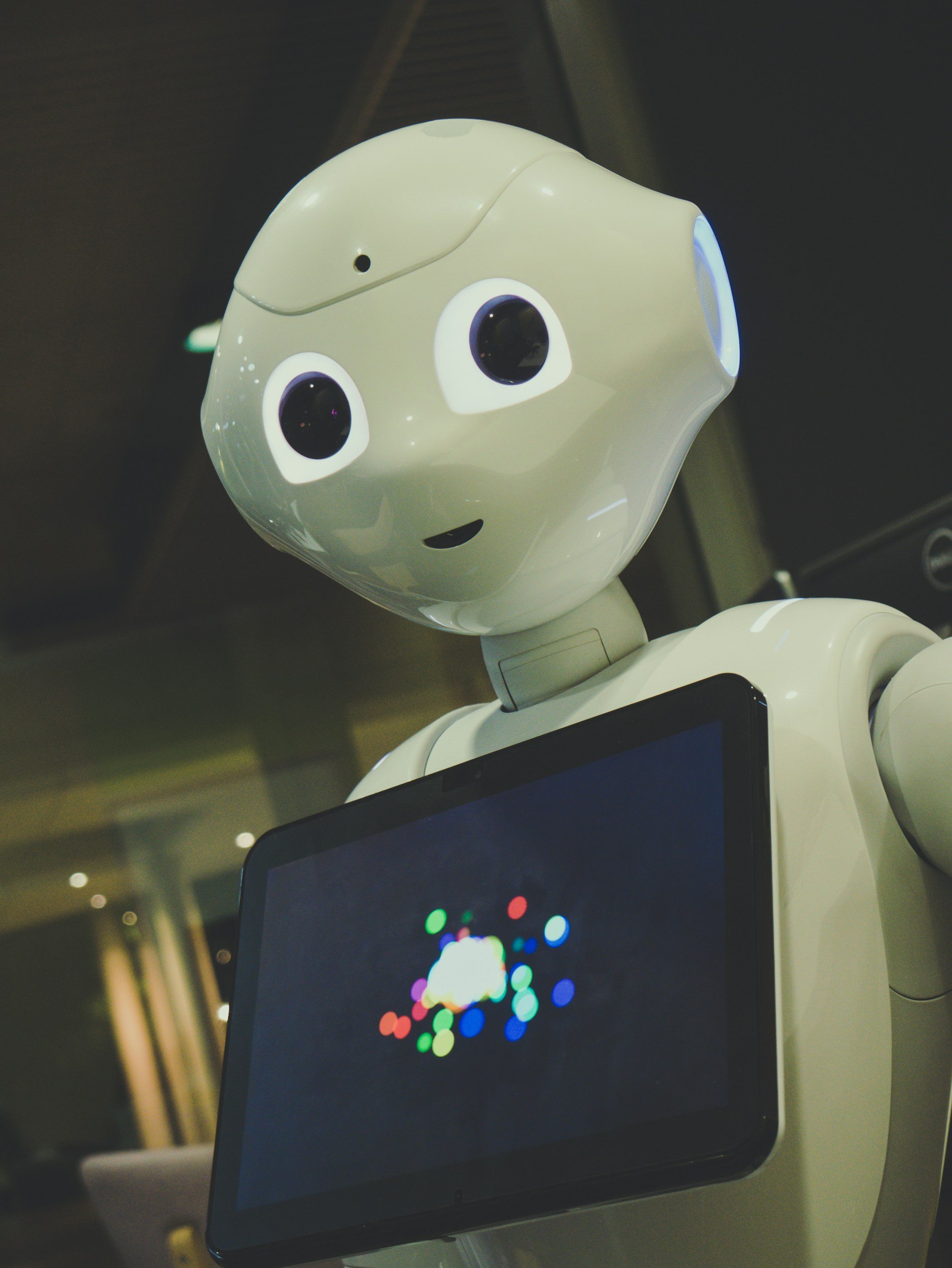What Is Artificial Intelligence, Really? A Plain English Guide
You’ve probably heard that artificial intelligence (AI) is changing the world. It’s in your phone, your car, your home, and even your shopping cart. Headlines talk about it revolutionizing everything from healthcare to Hollywood. But what exactly is AI? Is it a robot? A mind? Some kind of magic code?
Let’s take a step back and break it down — in plain English.
So, What Is AI?
At its core, artificial intelligence is when machines are designed to perform tasks that typically require human intelligence.
That could mean recognizing speech, understanding language, identifying objects in photos, making recommendations, or even driving a car. The goal isn’t to build a machine that thinks exactly like a person (at least not yet) — it’s to build systems that can handle specific tasks smartly, often faster or more efficiently than we can.
AI isn’t a robot with feelings. It doesn’t “think” or “feel” in the way we do. It’s a tool — like a calculator, only much more powerful and complex.
Two Main Types of AI: Narrow and General
Not all AI is created equal. In fact, when people say “AI,” they’re usually talking about narrow AI — and not the futuristic, all-knowing kind you might see in movies.
Narrow AI (or Weak AI)
This is AI that’s built to do one thing — and do it well. It’s the kind of AI we use every day:
Google Maps predicting the fastest route
Spotify recommending your next favorite song
Email filters catching spam
Voice assistants like Siri or Alexa
These systems are smart in very specific ways, but they can’t do anything outside their programming. For example, your smart speaker can answer a weather question, but it can’t suddenly write a novel or give medical advice.
General AI (or Strong AI)
This is the kind of AI that gets a lot of media attention but doesn’t actually exist yet. General AI would be able to reason, plan, solve problems, and understand emotions — across many fields, just like a human.
We’re still far from that. Today’s AI can beat a chess grandmaster or write a paragraph, but it doesn’t understand what it’s doing. It’s mimicking intelligence, not experiencing it.
How AI Works (Without the Jargon)
Let’s say you want to teach a computer to recognize cats in photos. You’d show it thousands (or millions) of images labeled “cat” or “not cat.” Over time, the system starts to recognize patterns — whiskers, pointed ears, certain body shapes — and eventually, it can guess whether a new photo has a cat in it.
This process is called machine learning, and it’s a big part of how AI works today.
Think of it like teaching a child:
You show examples.
The child guesses.
You correct them.
They learn to improve over time.
The “learning” part isn’t conscious, though. The AI isn’t aware of what a cat is. It’s just finding and applying patterns in data — very quickly, and often very effectively.
AI vs Human Intelligence: What's the Difference?
While AI can be incredibly fast and accurate at certain tasks, it’s not really “intelligent” in the way we are.
Here are some key differences:
AI doesn’t understand context. It can process data, but it doesn’t know what it means. A chatbot might respond to your question, but it doesn’t “get” the conversation.
AI lacks creativity and emotion. It can generate a poem, but it doesn’t feel joy or heartbreak. It can mimic creativity, but it doesn’t imagine like a person does.
Humans are flexible. We can take knowledge from one area and apply it somewhere new. AI typically needs to be retrained from scratch for every new task.
In short: AI is very good at specific jobs, but it’s not a thinker, feeler, or dreamer.
Why Understanding AI Matters
You don’t need to become a programmer to understand the basics of AI — but having a general sense of what it is (and isn’t) is increasingly important.
Here’s why:
AI is everywhere. From job applications to healthcare to education, algorithms are already influencing decisions that affect your life.
Knowing what it can do helps you use it better. If you understand how your phone’s assistant works, you’ll know what kinds of tasks it’s good for — and where it might fall short.
It cuts through the hype. Some companies oversell their AI. Others fearmonger. Knowing the basics helps you separate fact from fiction.
In Summary
Artificial intelligence is a powerful tool — one that’s already shaping the world around us. But it’s not magic. It’s not human. And it’s not unstoppable.
It’s a way of using machines to imitate some of the ways we think and act — for now, mostly in very narrow ways. The more we understand how it works, the better we’ll be at using it, regulating it, and deciding what we want from it.
And that starts with asking the simple question: What is AI, really?
Now you know.










